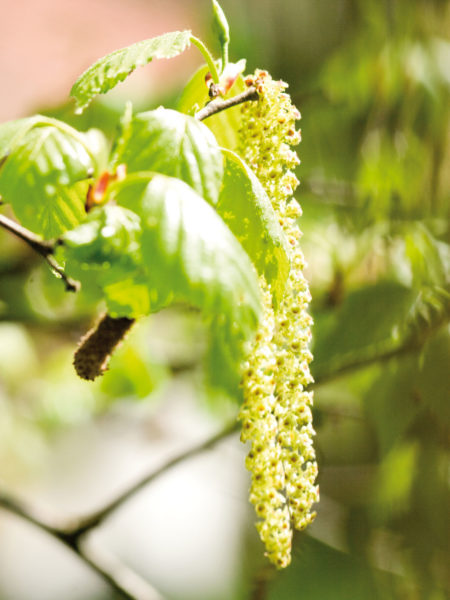Birch (Betula pendula)

The birch, which occurs in our latitudes as a hanging or white birch or also as a downy birch, belongs with its delicate, light green leaves to the typical spring picture in nature. The tree can grow up to 30 metres high and 160 years old.
The leaves are mainly used for medicinal purposes, but also the bark or bark sap (birch hair lotion). The leaves contain flavonoids, as well as saponins, tannins, essential oils and much more. In folk medicine, the young birch green is valued for its blood-cleansing, diuretic and stimulating effects. Modern herbal medicine focuses on supporting the kidney-bladder function, especially in the case of infections of the laxative urinary tract. The methyl salicylate contained in birch essential oil is also said to have a certain anti-inflammatory potential. Incidentally, the essential oil is also responsible for the fact that freshly cut birch can be used as firewood.
In recent times, the substance betulin in birch bark has enjoyed particular attention, as it has proven effective in treating various skin diseases.